Ese’EJA Exhibit
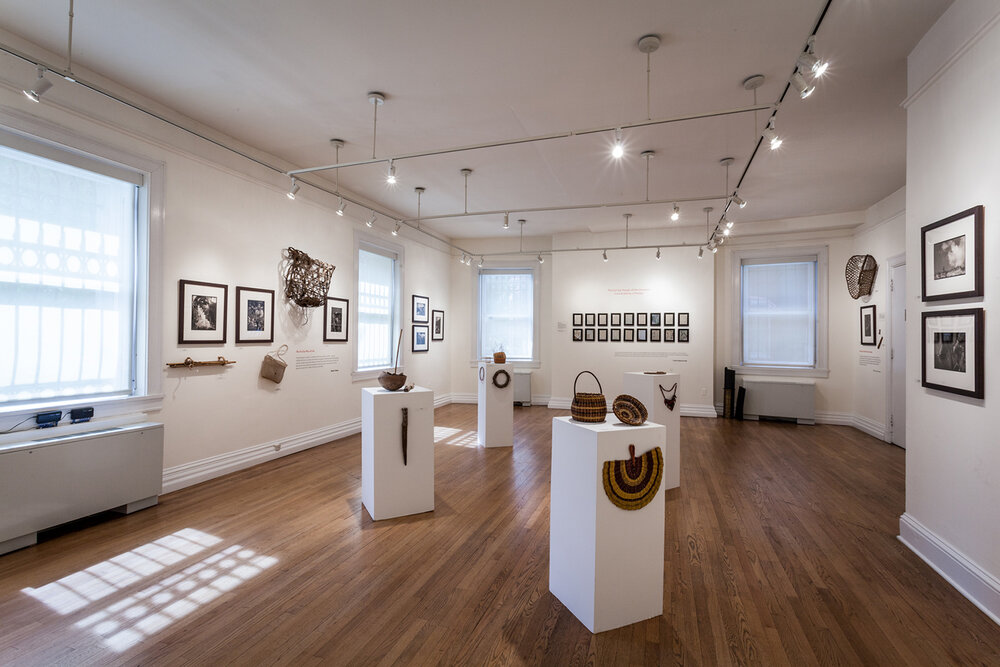
The Ancestral Lands of the Ese’Eja: The True People exhibit has traveled to 12 locations across the United States following its grand opening at the Smithsonian’s National Museum of the American Indian. It has been welcomed at colleges, universities, museums, Longwood Gardens, and the Peruvian Embassy in Washington, D.C. Dozens of classes across the country have engaged in first-hand educational tours of the exhibition and have learned from the Ese’Eja’s wisdom. To date, the exhibit has been experienced by nearly one million people.
Conservation Learning Web
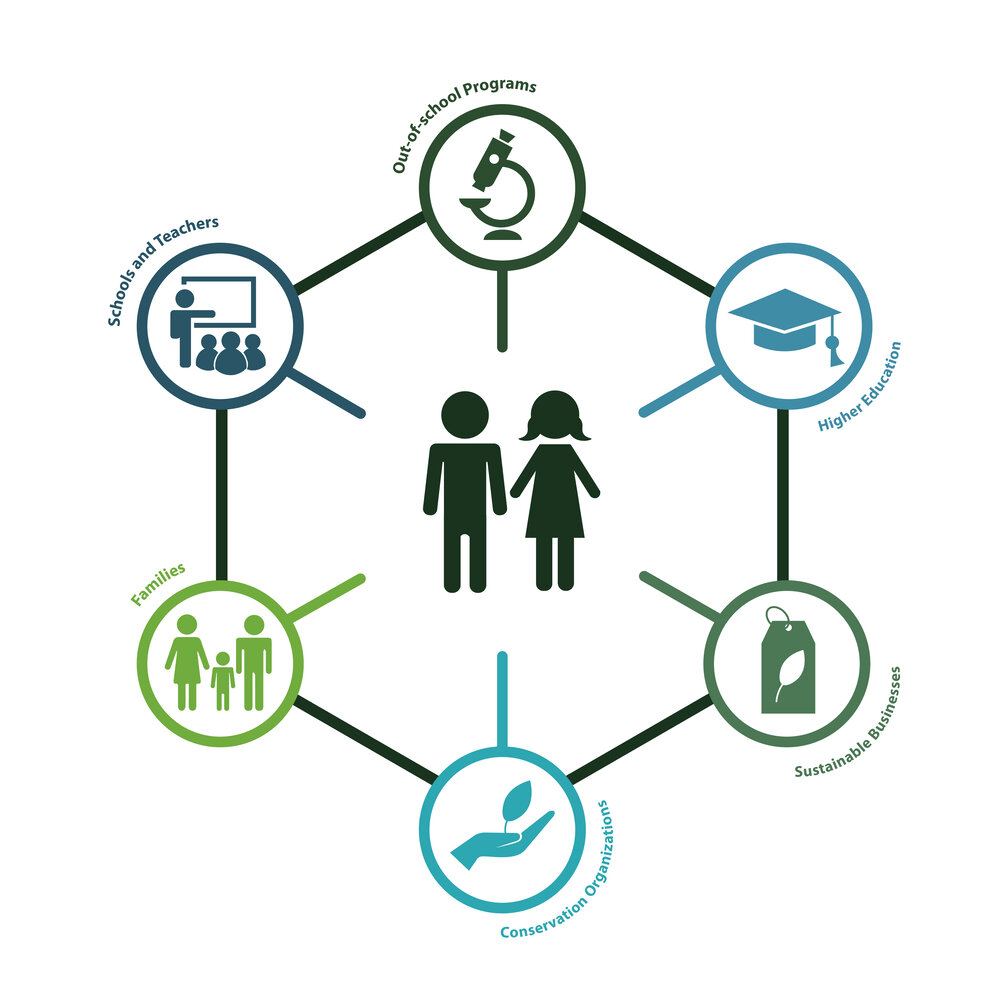
Funded by a major grant from the National Geographic Society and major donors, the Conservation Learning Web is an innovative conservation education model, the first of its kind in Latin America.
Its beginnings go all the way back to 1991 and ACEER’s first Adopt-A-School program that provided learning materials to Amazonian schools and linked US and Peruvian schools in a cultural exchange program. To better serve teach needs for curriculum development and capacity building, Adopt-a-School expanded and became ¡Amigos! A Partnership for Education, providing materials to schools and training a new cadre of local teachers in experiential, field-based conservation education. To enrich these experiential learning opportunities for students and teachers alike, ACEER introduced a learning web model. Our Conservation Learning Web begins with the formal educational component embodied by the original ¡AMIGOS! Program—teachers, students, schools. But now we overlay these with a robust array of informal experiential learning opportunities that include sustainable businesses, non-profits, government agencies, family members, universities, and experiences with indigenous cultures. Field trips, guest speakers, volunteer opportunities, cultural engagement, participatory science, and cross disciplinary learning are the hallmarks of the learning web. In all, our conservation education programs have benefitted more than 25,000 students and over 5000 teachers.
Canopy Walkways

ACEER and its partners have pioneered the construction and use of Canopy Walkway Systems in Amazonia since 1991. We were the first to create a Canopy Walkway in the Western Hemisphere…located in the lowland forest of northeastern Peru. ACEER partnered with International Expeditions, Explorama Tours and CONAPAC to create this. It has hosted conservation workshops, ecotourists, local conservation education programs and research. New species have been discovered thanks to this Canopy Walkway. You can still visit it today by contacting Explorama Tours.
In association with the Amazon Conservation Association, the first non-tree-attached canopy walkway was completed in the Andean Cloud Forest at the Wayqecha Research Station in 2009. Free standing and constructed of aluminum, the Walkway supports local and international conservation education and research. It is the first Canopy Walkway in the Cloud Forest of Amazonia. The canopy walkway is currently maintained and supported by ACCA, the Peruvian affiliate of the Amazon Conservation Association.
Leaf Packs
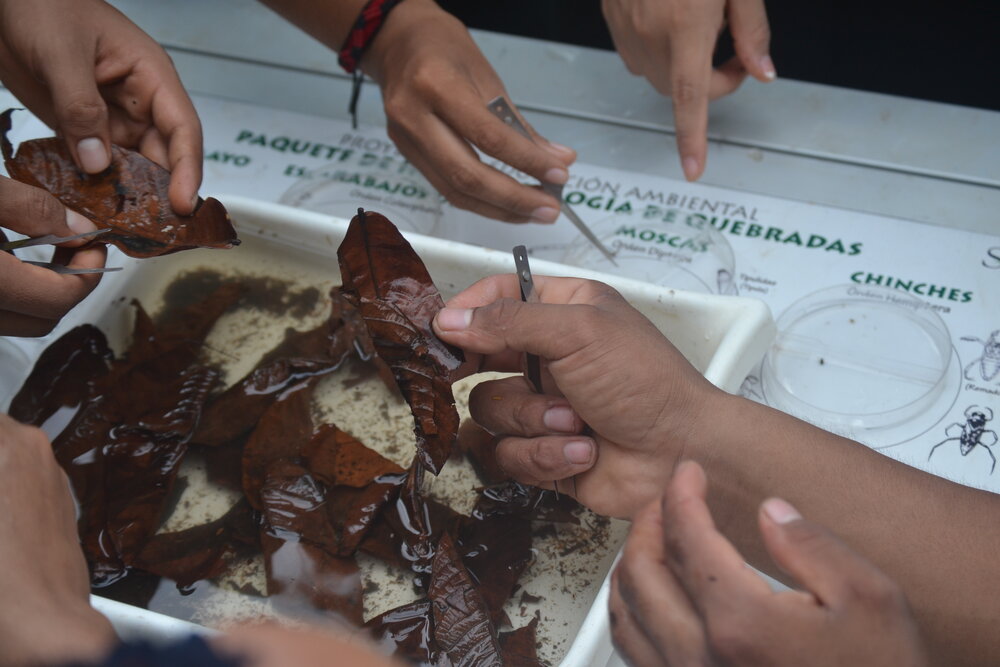
Developed by the Stroud Water Research Center, Leaf Packs are a simple, scientifically proven way to assess the aquatic biodiversity of watersheds by studying what kinds of invertebrates live in the streams. ACEER is the first organization to introduce and use the leaf pack protocol in South America. Here’s how it works. A mesh bag is filled with leaves from the locale you wish to study. It is weighted and secured to the bottom of a stream. Aquatic organisms colonize the bag in search of food and shelter. After a month or so, the bag is removed, and the aquatic organisms are identified and counted. Of particular interest is finding mayflies, caddisflies and stoneflies. These three organisms are called “indicator species” because when present in abundance they are an indicator of good water quality and high aquatic biodiversity. ACEER has employed Leaf Packs to assess watershed health in northeastern Peru, near Iquitos, in Pucallpa, in the central rainforest of Peru, and in southeastern Peru. Thanks to a large grant from the Blue Moon Fund, ACEER assessed the health of 19 watersheds along the recently completed Transoceanic Highway from Puerto Maldonado to Cusco, to assess the impact of road construction on aquatic biodiversity. During this study, new species and new genera were discovered. Leaf Pack is now a strong component of citizen science programs through our Conservation Learning Web.
Ethnobotanical Gardens
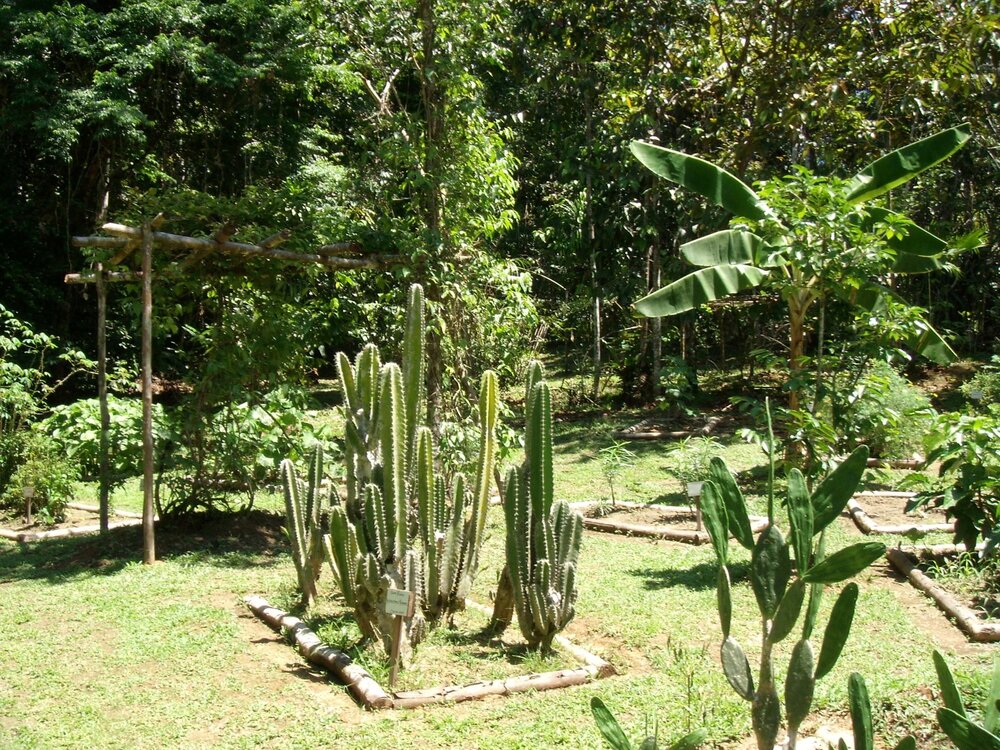
Ethnobotany has been a hallmark of ACEER workshops and conservation education programs since our founding in 1991. Thanks to the dedication, guidance, and vision of founding Board Member Dr. Jim Duke, ACEER embarked on creation of ethnobotanical gardens throughout the Peruvian Amazon to showcase indigenous knowledge and wisdom of medicinal plants; in support of local and international education; and to foster research into the healing properties of Amazonian plants. ReNuPeRu was our first major garden near the Napo River in northeastern Peru. Now operated by Explorama Tours, it continues to inspire. Local community gardens in Sucusari Village and Cahuide in northeastern Peru were also created. In southeastern Peru, gardens were created at Fondo Concepción, maintained by Inkaterra; and at the Los Amigos Biological Station, operated by the Amazon Conservation Association. These gardens have inspired thousands of Amazonian children and teachers, ecotourists, researchers, and attendees of undergraduate and graduate university workshops. They also spurred the development of new commercial medicines and supplements. Today, we continue to support ethnobotanical education and research through the Dr. James A. Duke Ethnobotanical Fellowship program that awards funds to Latin American students carrying on Jim’s legacy.
